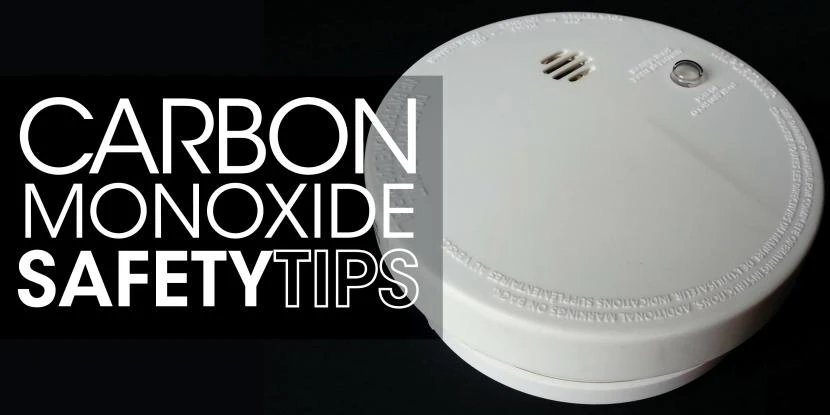Why Is Carbon Monoxide So Dangerous?

When it comes to indoor air quality, carbon monoxide (CO) is a common topic that crops up in the winter. The Centers for Disease Control and Prevention reports that more than 20,000 Americans are admitted to the emergency room every year for CO poisoning. Over 400 of these people are claimed by this invisible killer annually, which makes carbon monoxide the leading cause of poisoning deaths in North America.
What do you know about carbon monoxide? Is your family protected from this hazard, or is your home at an increased risk without you knowing it? Learn more about this deadly gas before you implement safety tips to fight it.
What is Carbon Monoxide?
Carbon monoxide is perhaps the most dangerous gas that can enter your home. It’s colorless, odorless and otherwise imperceptible without a carbon monoxide detector. Even low concentrations can be enough to ruin indoor air quality and have a negative health impact, especially on those with chronic illnesses, the elderly, young children and pregnant women. High-level exposure can cause permanent damage or even death in a very short period of time.
What Makes Carbon Monoxide Dangerous?
Carbon monoxide is attracted to hemoglobin in the bloodstream. This means, when you inhale CO gas, it replaces the oxygen in your blood that all cells in your body need to function. As you continue to breathe polluted air, carbon monoxide rapidly accumulates in your system and symptoms of low oxygen begin to show up. When this happens, you’re considered to have carbon monoxide poisoning.
Some of the most common symptoms of CO exposure are flu-like symptoms. In fact, of the 12,000 patients admitted to the hospital with flu-like symptoms each year, about 2,000 are thought to actually be suffering from CO exposure.
In all, the common symptoms that point to carbon monoxide poisoning include:
- Headache
- Fatigue
- Sore throat
- Dizzy spells
- Rapid heart rate
- Memory loss
- Difficulty concentrating
- Confusion and irritability
- Sensitivity to light, sound and odors
- Nausea and vomiting
- Loss of consciousness
- Brain damage
- Death
Why is Carbon Monoxide So Common Inside Homes?
If CO gas is so dangerous, you might be wondering why it shows up in our homes so often. Simply put, carbon monoxide is a byproduct of combustion. This means any home appliance that burns fuel can produce carbon monoxide, including furnaces, water heaters, clothes dryers, fireplaces, wood burning stoves, gas ranges and more. Fumes from cars and gas-powered lawn mowers can also accumulate in the garage in leak into your home through cracks in the wall.
Of course, all home appliances are designed to vent properly to the exterior, where carbon monoxide dissipates harmlessly into the air. Unfortunately, furnace heat exchangers can crack, air vents can be blocked, inadequate air supply can cause backdrafting, and exterior supply vents can pull combustion gasses back into the home.
CO detectors are of the utmost importance to catch leaks and backdrafting that could put your family in danger. These detectors alert you when elevated CO gas levels are discovered so you can evacuate and call in a professional to pinpoint and repair the problem before any harm is done.
Let Aire Serv® Address Your Air Quality Concerns
Are you concerned about dangerous carbon monoxide levels? Do you exhibit any of the symptoms of carbon monoxide poisoning? Don’t ignore the problem – let the caring professionals at Aire Serv help you address your air quality concerns. Preventative measures such as scheduling annual maintenance for your furnace and installing carbon monoxide detectors in your home help you ensure the health and safety of your whole family.
 Click to call
Click to call


